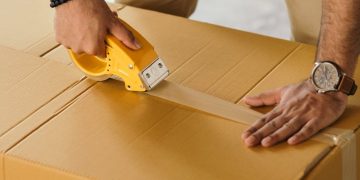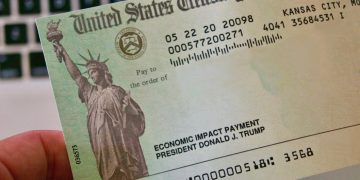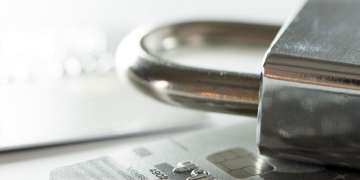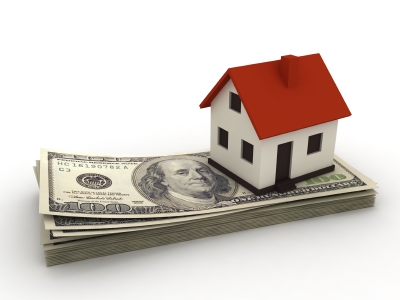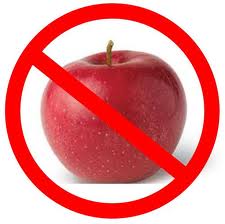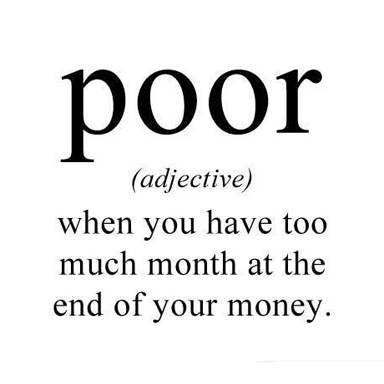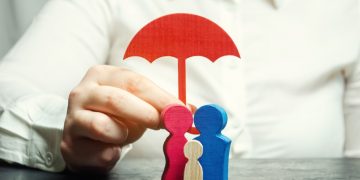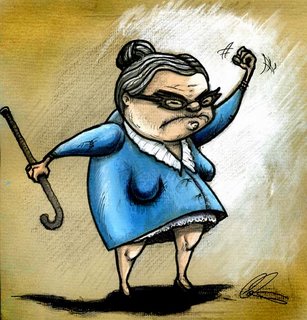Just as there are many different kinds of debt, so too are there many different varieties of debtors. Many people who carry debt can trace that back to a boatload of consumer credit card purchases, and after some time, they don’t even remember what they purchased to cause the debt. Perpetuating the cycle of getting into debt and repaying then getting into deeper debt, is unfortunately normal for many; it was for me. But the moment that I decided to get out of debt, having a full on debt reduction frame of mind made a world of difference.
But, for other people, debt builds for a period and then stops increasing. This period is usually that of early adulthood, a time when incomes are low, education costs are high, and new family obligations suddenly appear. It is a time when homes are bought and money is spent – but careers are not advanced enough to handle the cash outflow.
People who fall into this latter group are often responsible spenders who will never again incur debt in their lives. As soon as they get their degree, buy a home, and start a family, their debt burden will only decrease over time. At this point they have passed the hump and are ready to enter the “debt-reduction” mode.
I entered that mode just recently, in the past couple years. When I was going through my bank statements one day, I suddenly realized that I had no new debt in my future and that I could focus on simply reducing what I already have. I saw the light at the end of the tunnel. After years of accepting debt as a fact of life, I knew that this financial burden would someday go away.
But it was difficult to get myself into that debt-reduction mode. I squandered money that should have gone towards debt payments. I stopped making every effort to accelerate my loan reduction. After years of having to pay off debt as a means of staying afloat, I now could manage with the debt I had. After years of keeping a short-term perspective on my financial health, I now grew overwhelmed with all the payments that lay in my future.
I had arrived on the cusp of the debt-reduction phase. But I wasn’t handling it very well.
Here’s what I did to try to rectify that:
- Impose a debt and spending moratorium.
I first needed to convince myself that I had truly finished incurring debt and that my regular spending was low enough to afford considerable debt payments. This I accomplished by imposing a moratorium on minor debt and spending that lasted for a few months. I followed an incredibly stingy budget, I used a prepaid Green Dot credit card so as to not amass even $200 worth of debt, and I put large sums of money aside to pay off my loans. After this period ended, I found that my debt was far more under control – and that I had the faith that I could someday be debt-free. - Create other long-term goals.
Debt reduction is a long-term process and, as such, requires a long-term attitude when it comes to motivation and goals. One of the best ways to instill this attitude is by creating long-term motivations in non-financial realms of life. For some people, for example, the birth of a child gives them the perspective needed to start cutting away at their debt. For me, the decision to start running again and training for races gave me a reminder about the importance of patience, consistency, and sacrifice. - Make a plan.
You can never go wrong by having a plan – or by making a new one. Although I had already written a template for debt reduction, I needed to update my agenda in light of my new debt situation. I decided which obligations to pay off faster, how much more of my income should be set aside towards payments, and I reevaluated the time frame in which I want to become debt-free. The new plan gave me a direction and a sense of purpose going forward.
These are the main steps I followed as I tried to ease myself into my debt-reduction phase. While eliminating your debt after years of incurring it may seem like a victory lap for some, it does require a change in attitude and perspective that can be helpful to think out beforehand.

